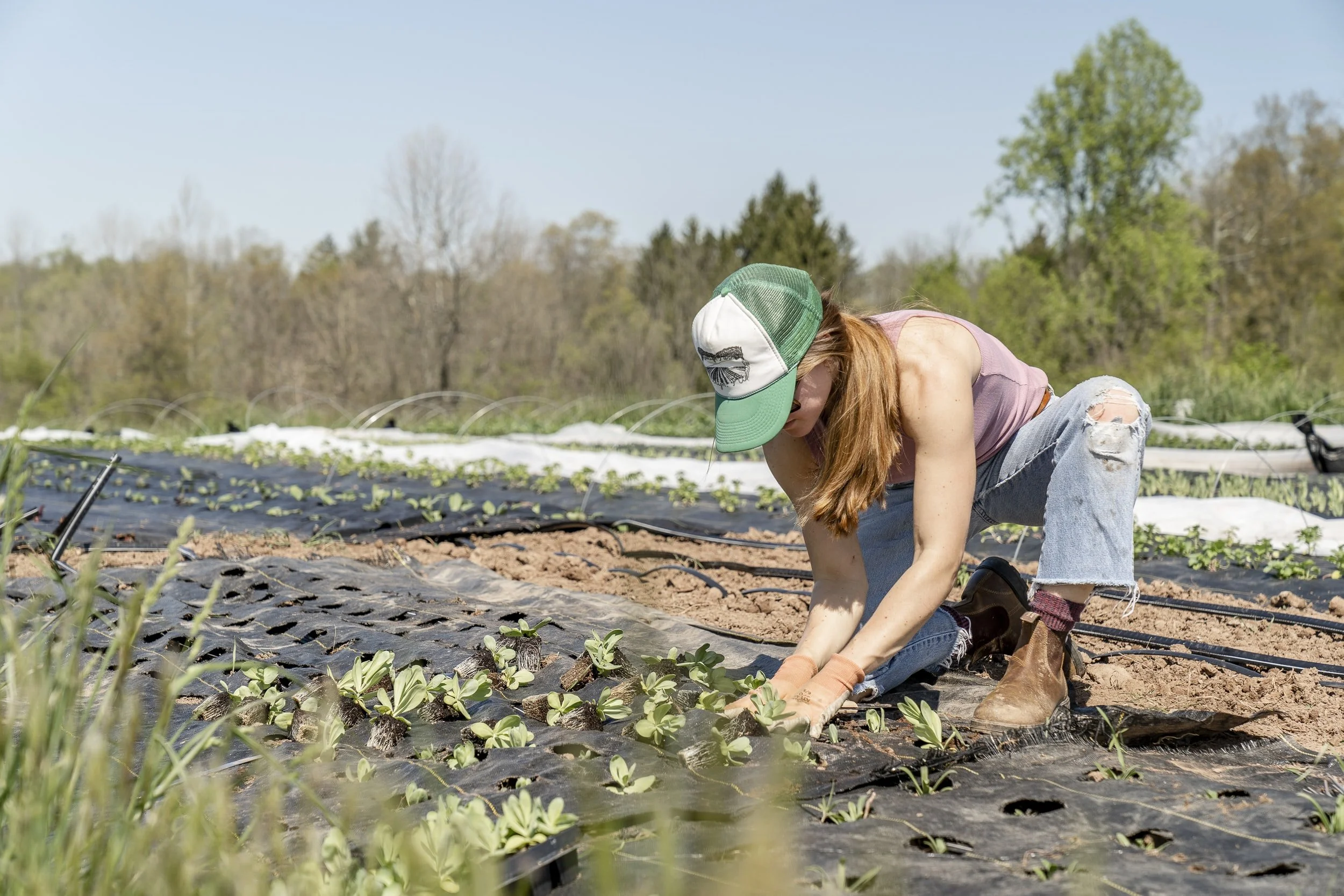Sustainable Practices: A Plastic Shopping Bag Being Used by an Unexpected Source
Off Brand or Innovative Thinking?
Nothing quiet as comforting as a well stocked fresh produce section!
On a second trip to the grocery store (not as uncommon an event as one might think), asked to gather some produce items for a squash and onion tart (the hand rolled crust, featuring wheat flour, expertly prepared by the better half) as well as some sour cream and caviar, chives and scallions for a guilty pleasure of a dip for Jose Andres potato chips (prepared in olive oil, with only sea salt added), it was still a relatively small collection of grocery items.
The store where this grocery list was fulfilled was probably the most recognizable national chain for organic foods, a chain that features a philosophy of sustainable practices on many fronts. Through first hand experience, there is a strong familiarity with the procurement directives and rather strict specifications adhered to in selecting packaging from the front end of the store, through to each department and including the washrooms and production areas. Any resins featured GMO materials (e.g. Poly Lactic Acid polymers) were unacceptable. As public agencies began eschewing EPS and XPS foam packaging options, this national chain moved away from them as well. Any packaging or storage items with any polystyrene became anathema to this formidable grocery enterprise. All manner of bags, containers and packaging materials are reviewed with intense but measured scrutiny. And as new information emerges, what may have been acceptable today, may be redlined tomorrow.
A variety of dairy and dairy alternative choices abound in today’s modern grocery stores
It wasn't just their philosophy driving these decisions though. This grocery chain's customers, willing to pay premiums for the organic produce and humanely raised protein sources, were also well versed on the concepts of sustainability, both in practices and packaging. Store personnel are regularly queried by customers about the recyclability of the packaging, are the hot bar containers really compostable, are the bags used in the bakery reusable, recylable and/or compostable.
So it was with some measure of surprise when the cashier offered a large plastic shopping bag, featuring a "sine wave" design with die cut handles as the carry out vehicle for the grocery items procured. The front end of this chain is well known for its use of kraft grocery sacks with paper handles, or smaller kraft shopping bags with twisted rope handles. The former option in fact, has weathered a bit of disdain for the regular occurrence of those handles failing. Front end help often feels it necessary to "double bag" those sacks when the weight of the contents gets slightly heavier than a couple of bunches of grapes...and still they suggest holding the bagged groceries supporting the bottom. The plastic shopping bag, was larger in volume than the 1/7 barrel (a unit of volume measurement) handle sack, and seemingly much stronger. Under normal circumstances, the procured groceries probably would have been bagged into to sacks or a sack and a small shopper. This plastic shopper accommodated the full load, and there was probably enough room for a few small items if needed.
To many of the customer base, the use of plastics, ANYWHERE IN THE STORE, might be labeled sacrilegious. But such an evaluation might be short sighted. For a variety of reasons, not the least being the rising cost of a supply item (the paper grocery sacks) due to demand significantly outpacing not just the supply, but the production capacity for the sacks overall. And if there is a continued practice of double bagging, predicated on the perception of the structural integrity of these sacks, the cost ratios deteriorate further.
Will “green” conscious shoppers reject the use of a plastic resin based shopping bag?
The producer of the plastic bag is another reason to withhold harsh judgement. That supplier has an excellent story to tell as a sustainable manufacturer of these plastic shopping bags. One of the key tenets of sustainability is efficient use (and in this case re-use) of resources. By recycling agricultural film (including grape/vine covers, poly tube, mulch film, greenhouse film/covers, silage wrap, drip tape/tube) into PCR resin, this poly bag supplier is performing multiple net positive actions toward the concepts of environmental consciousness and sustainable practices. Product that would normally end up in land fills or on the side of fields and potentially into the water supply, or as roadside detritus, has been repurposed into functional, reusable (they are quite sturdy) bags. The energy used to produce is a fraction of the energy required to produce paper sacks that are effectively single use, or at best, one additional use (as a waste receptacle in most cases).
The black agriculture film, used here to retain mulch and moisture to seedlings, is the type of film recycled in the production process outlined above!
There will still be skeptics who see any use of polymer resin based products as anathema to their vision of a "greener" world. The stark reality is that the cost considerations and production profiles generated in the plastics revolution make it highly unlikely that we can eschew these resin based packaging products completely. We can however, make educated choices and encourage purveyors of packaging, whether at the store level or at the manufacturing level, to develop solutions that improve the overall sustainability profile for their product options. This is a good example of the potential outcome available with such a strategy.
For more information on these type of sustainable solutions, reach out to us at
www.silverfoxsconsultingllc.com
Or email
daholtz@verizon.net




